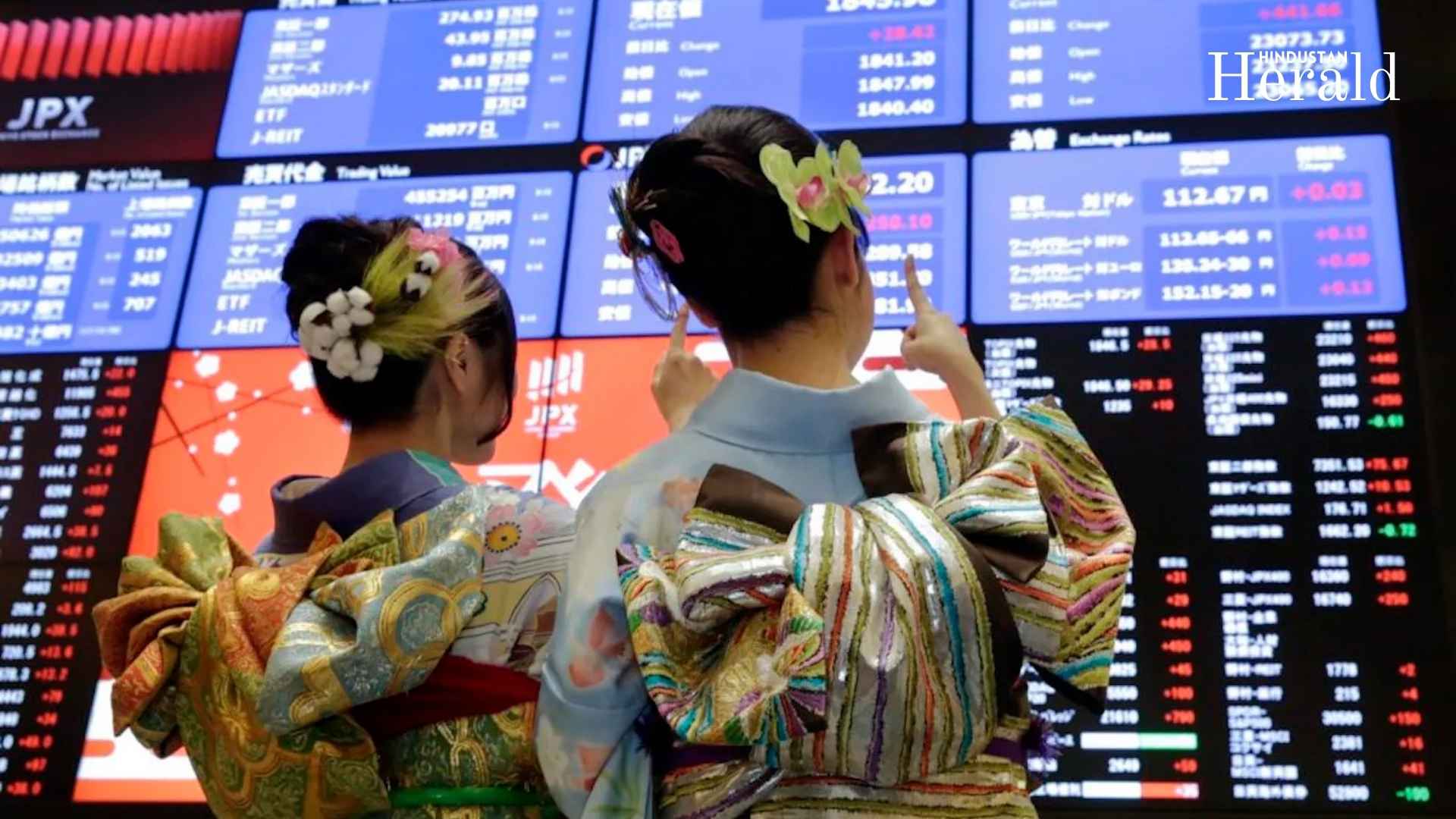Nikkei Plunges Below 32,000 as US Tariff Fears Shake Tokyo Market

Key Highlights:
The Tokyo stock market has suffered a historic three-day collapse as worries mount over the Trump administration’s “reciprocal tariffs” and their ripple effects on global growth. On April 7, the Nikkei 225 nosedived by 2,128.56 points, or 6.30%, to settle at 31,652.02 as of 10:15 AM JST.
Previous Close: 33,780.58
Open: 33,154.97
Day’s Low: 30,792.74
52-Week High: 42,426.77
52-Week Low: 30,792.74
The sharp drop broke below the psychological 32,000 level, triggering panic among retail and institutional investors alike.
Global Tensions Weigh on Japanese Stocks
The latest fall follows a 989-point drop on April 3 and a 1,400-point intraday fall on April 4. Together, these declines mark one of the steepest short-term corrections the Nikkei Index has seen in recent years.
Investors are spooked by rising US protectionism, which could stifle global trade and heavily impact Japan’s export-driven economy. Many Japanese individuals, heavily exposed to US stock-based investment trusts via new NISA accounts, are now reassessing their strategies.
S&P 500 Leads Long-Term, Nikkei Lags Behind
Despite short-term volatility, long-term data presents a stark contrast. A comprehensive 21-year study (2004–2024) of major asset classes shows:
- S&P 500: 999% return
- Gold: 817%
- Developed Country Stocks: 746%
- Global Stocks: 642%
- Nikkei Index: 396%
- TOPIX: 265%
Returns are yen-adjusted and include dividends. The weakened yen has cushioned foreign losses—S&P 500’s 2022 USD loss of 18.1% became only 6.7% in yen.
Expert View: Diversification Is Key
Hidenobu Uehara, Head of Investment Trusts at SBI Securities, warns against overreacting:
“Strong performers change every year. US stocks led in many years, but gold topped 2024 with a 39.9% gain. Investors should stay the course and not panic over short-term volatility.”
He highlights the need for diversification across assets like domestic bonds, REITs, and gold, which showed resilience during downturns.
Nikkei’s Challenges Remain
The Nikkei Index’s relative underperformance reflects structural challenges in Japan’s economy—low inflation, aging demographics, and slower tech innovation compared to U.S. counterparts. While Japanese equities have their moments, they remain cyclical and vulnerable to global shocks.
Social media buzz during the 2021 rally dubbed the S&P 500 “a new deposit,” showcasing misplaced optimism. However, disciplined monthly investing in global funds via NISA has helped many smooth over market volatility.
Nikkei’s Road to Recovery May Be Long
The Nikkei Index has dropped more than 6% in a single session and nearly 3,000 points in three trading days. While alarming, this correction must be viewed in a broader, long-term investment context.
Investors should remember: markets are cyclical, downturns are normal, and diversification remains the ultimate shield. The Nikkei may be down today, but history shows that rebounds often follow sharp falls—provided investors don’t lose their conviction.
The Hindustan Herald Is Your Source For The Latest In Business, Entertainment, Lifestyle, Breaking News, And Other News. Please Follow Us On Facebook, Instagram, Twitter, And LinkedIn To Receive Instantaneous Updates. Also Don’t Forget To Subscribe Our Telegram Channel @hindustanherald









